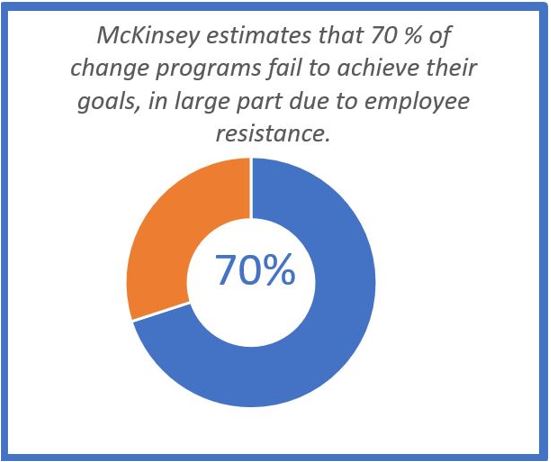
3. Thinking Big
A Powerful Strategy To Improve Your Efficiency
Most people are under the mistaken thought that to gain a big result you must be working on a big project. This sounds correct but the contrary is also very true. That is, it is possible to gain a huge result by working on small or even micro-tasks. I bet you are thinking, “This should be good as I don’t see how that could happen!” This is because this idea is counter-intuitive. Let me clarify my idea for you. Huge results will not come from working on any old small or micro-tasks, but a special breed of small or micro-task. These special tasks are the ones that will repay you again and again and again. This is very important as that is how these tasks make you super-efficient.
I’m talking about targeting work to improve how you do small or even micro-tasks that are repeated often. This could be weekly, monthly or even daily. Let me give you an example. Say you spend 30 minutes reading but you do this three times a day (90 minutes in total). Now if you could improve your reading speed and comprehension by 10% you would definitely improve your efficiency.
Imagine you spent 3 hours studying and practicing to improve your reading speed by 10%. In the scheme of things 3 hours once-off is small or even micro-task. To see what benefits you get from this one idea it is best to benchmark your work first. By that I mean to keep doing things the old way with your reading for three days. Each day count the amount of time you spend reading and exactly how often you do that. This will give you a benchmarked baseline to work out how much time and energy you have saved.
Compound Time Saved To Supercharge Efficiency Improvements
Don’t forget even if you are only saving around nine minutes per day that would be amazing over the full year. Let’s see how the numbers crunch below:
Time Saved With Reading Efficiency

Wow, that is a serious amount of time saved in one year. Remember you will keep saving because of this improvement for the rest of your life. Now you can see what I mean about targeting small or micro-tasks that are repeated often paying you back again and again and again. Take a look at the return on time invested figures below.
Return On Time Invested

Time Saved & Break-even Point

This table shows that while all the work is done upfront it only takes 4 weeks to break even. After that time, you will be reaping benefits each week for the rest of your life. Yes, that is my kind of pay-off. Some people can be put off from having to do all the work upfront when working on efficiency improvements. Think of it as a way that you are working your way to being able to cope much better with high workloads without feeling too much pressure or stress. If your job is one where you have periods with high workloads and other times where the workload is lower. The lower workload times are the ideal times to do these small tasks that will allow you to work more efficiently in periods of high workload.
Multiply Your Benefits
You are building on two fronts when you increase your efficiency. Firstly, you become more valuable to your current employer or any employer as you can achieve more in less time. Secondly, you are investing in a way to improve your future by cutting down on pressure and stress at work which will also help you to greater efficiency. There are real bonuses to being more efficient at work. That is a deep sense of satisfaction you will gain by raising your value to all around you. This, in turn, will allow you to enjoy your work more and become more engaged at work. Employers love fully engaged staff.
Start thinking small today to give yourself a far brighter future and you will be developing skills that are valuable to all employers. These new skills (in developing efficiency) are transferable to any role that you may take on it the future, especially in new industries that will develop in the future. This will also help to keep you employed when up to 40% of jobs are automated by 2030.
A small request: If
you liked this web page, please share it?
I know some people don’t share because they feel
that website owners don’t need their “small” social share.
But here’s the thing…
A share from you would seriously help a lot with
the growth of this site.
It won’t take more than 10 seconds of your time.
The share buttons are right here.
Thank you so much!
Regards,
Eric Elsley
Work Smarter Not Harder
Copyright 2019 Eric Elsley





